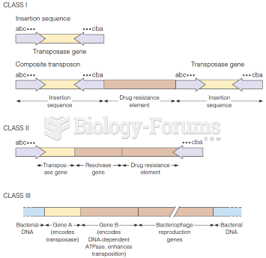Answer to Question 1
Carrier selection is a specialized purchasing decision that typically will be made by a logistics, transportation, or traffic manager who has expertise and experience in the purchase of transportation services. After the modal decision has been made, attention turns to selecting the individual transportation service providers within the mode. Like the modal decision, carrier selection is based on a variety of shipment criteria and carrier capabilities: transit time average and reliability, equipment availability and capacity, geographic coverage, product protection, and freight rates.
A major difference between modal and carrier selection is the number of options. Modal selection involves six primary options, but the carrier selection may involve fewer or many more alternatives. In the case of rail transportation, many markets are only served by a single carrier and the choice is limited. At the other extreme is truckload transportation where dozens of carriers serve a particular market.
Another difference is the frequency of the decision. Carrier selection requires more active and frequent engagement of the transportation buyer than does the more long range modal selection decision. This engagement does not focus on choosing a new carrier for each freight move; it focuses more on the transportation buyer remaining vigilant and managing the performance of chosen carriers. It is critical to monitor each carrier's service level and freight rates on an ongoing basis. Should carrier performance deteriorate, it may be necessary to select new service providers.
The type of service provided within a mode impacts carrier selection. Most carriers have their roots in one of two types of servicedirect service or indirect servicebetween which customers must choose.
Within a mode, most carriers have the capabilities to provide a similar level of service, but these service levels can and do vary greatly from one transportation company to another. Also, since the cost structures are essentially the same for carriers in a given mode, their rates tend to be aligned for a given movement.
Given this similarity, transportation rates tend not to be the most important criterion in carrier selection.
Service performance is the key determinant for this decision. Carrier selection research suggests that reliability of on-time delivery and on-time pickup, technical capabilities, carrier response to emergencies, information sharing, freight damage experience, carrier financial stability, and total transit time are among the most important criteria to transportation service buyers.
Carrier selection strategy commonly focuses on concentrating the transportation buy with a limited number of carriers. Using a small group of carriers helps the organization leverage its purchasing dollars for lower overall rates, build relationships with service providers who gain a better understanding of freight flows and requirements over time, and effectively monitor performance of the carrier base. In many cases, the core carriers become an indispensable extension of the organization's transportation management team; they are able to manage freight flows across the supply chain with limited direction or oversight. The ability to rely on the transportation expertise of trusted core carriers also allows the organization to focus its attention on other supply chain issues.
Answer to Question 2
T







